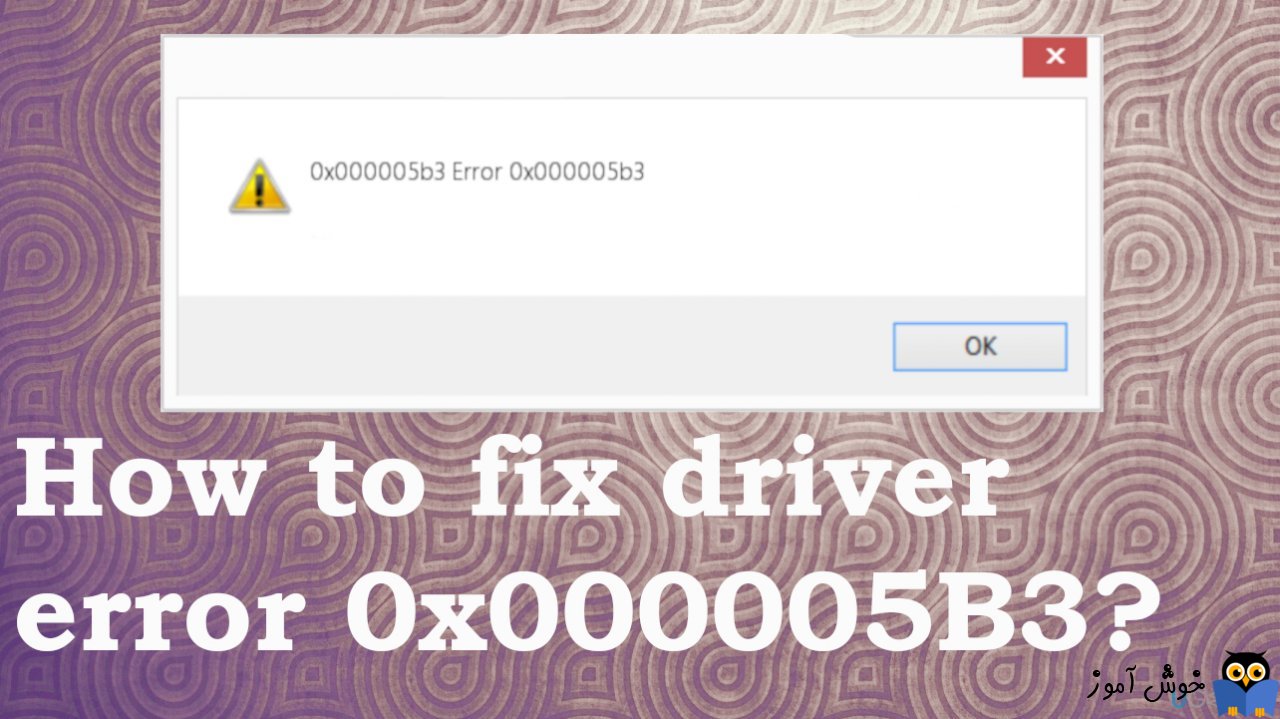

- Otomatic save operation could not be completed drivers#
- Otomatic save operation could not be completed update#
- Otomatic save operation could not be completed software#
- Otomatic save operation could not be completed password#
- Otomatic save operation could not be completed windows 7#
I've manged to get the printer to work by installing VirtualBox with a 32b version of Windows 7 along with a Ghost Script printer which "copies" everything to the old printer and is network shared. Unfortunately, they're adamant about using the device, since it can still print and is fairly cheap in toner usage and replacement.
Otomatic save operation could not be completed drivers#
so old, that no 圆4 drivers are available for it. Being cyber smart is contagious. Take the four basic steps outlined above and help two friends do the same.įor more information, visit CISA’s Cybersecurity Awareness Month Resources page.A family member has a really old printer. So, while we must protect ourselves, it’s going to take all of us to really protect the systems we all rely on. Our world is increasingly digital and increasingly interconnected.
Otomatic save operation could not be completed password#
You can use a password manager to store all of your passwords. That way you don’t have to remember them all! If you go this route, make sure your master password is strong and memorable, and secure your password manager account with MFA! Being cybersmart is contagious. Make sure you’re not recycling the same password across all your apps and websites. They’re better than humans at being random. and randomly generated – usually by a computer or password manager.Here are some tips for creating a stronger password. Picking a password that is easy is like locking your door but hanging the key on the doorknob. If it’s a link you don’t recognize, trust your instincts and think before you click. We all need to Phight the Phish! Use strong passwordsĭid you know the most common password is “password”? Followed by “123456”? Using your child’s name with their birthday isn’t much better. Sadly, we are more likely to fall for phishing than we think. And they may try to get you to run malicious software, also known as malware. Once they have that information, they can use it on legitimate sites. It’s likely a phishing scheme: a link or webpage that looks like a legitimate, but it’s a trick designed by bad actors to have you reveal your passwords, social security number, credit card numbers, or other sensitive information. The message may claim it needs your information because you’ve been a victim of cybercrime. They may pretend to be your email service, your boss, your bank, a friend…. It could be a text message or even a phone call. Or maybe it asks you to verify personal information. Have you ever seen a link that looks a little off? It looks like something you’ve seen before, but it says you need to change or enter a password. Leverage automatic updates for all devices, applications, and operating systems.
Otomatic save operation could not be completed update#
And update your applications – especially the web browsers – on all your devices too. Update the operating system on your mobile phones, tablets, and laptops.
Otomatic save operation could not be completed software#
Network defenders are working hard to fix them as soon as they can, but their work relies on all of us updating our software with their latest fixes. In fact, turn on automatic software updates if they're available.īad actors will exploit flaws in the system. Start with your email account, then financial services, then social media accounts, then online stores, and don’t forget your gaming and streaming entertainment services! Update your software. Now that you know what it is, you’ll see prompts for multifactor authentication all over. That second step is a lot harder for a hacker to fake. So, prove it’s you with two … two steps, that is. Instead of asking you for a password – which can be reused, more easily cracked, or stolen. So, industry is taking a step to double check. Your bank, your social media network, your school, your workplace…. they want to make sure you’re the one accessing your information. They all mean the same thing: opting-into an extra step when trusted websites and applications ask you to confirm you’re really who you say you are. It goes by many names: Two Factor Authentication. Let's start with turning on Multifactor Authentication Let’s start with the basics of “cyber hygiene,” easy and common-sense ways to protect yourself online.
So how can you reduce the chances of falling for the scams? Learn the signs! They’re counting on you thinking you’re not a target. And cyber criminals will cast as wide a net as possible to get to anyone they can. Your identity, your financial data, what’s in your email…… it’s all valuable. Hackers don’t need to know how much is in your bank account to want to get into it. Think you’re not worth being the target of online predators? Think again!

Every day, con artists are looking for the best “marks.”


 0 kommentar(er)
0 kommentar(er)
